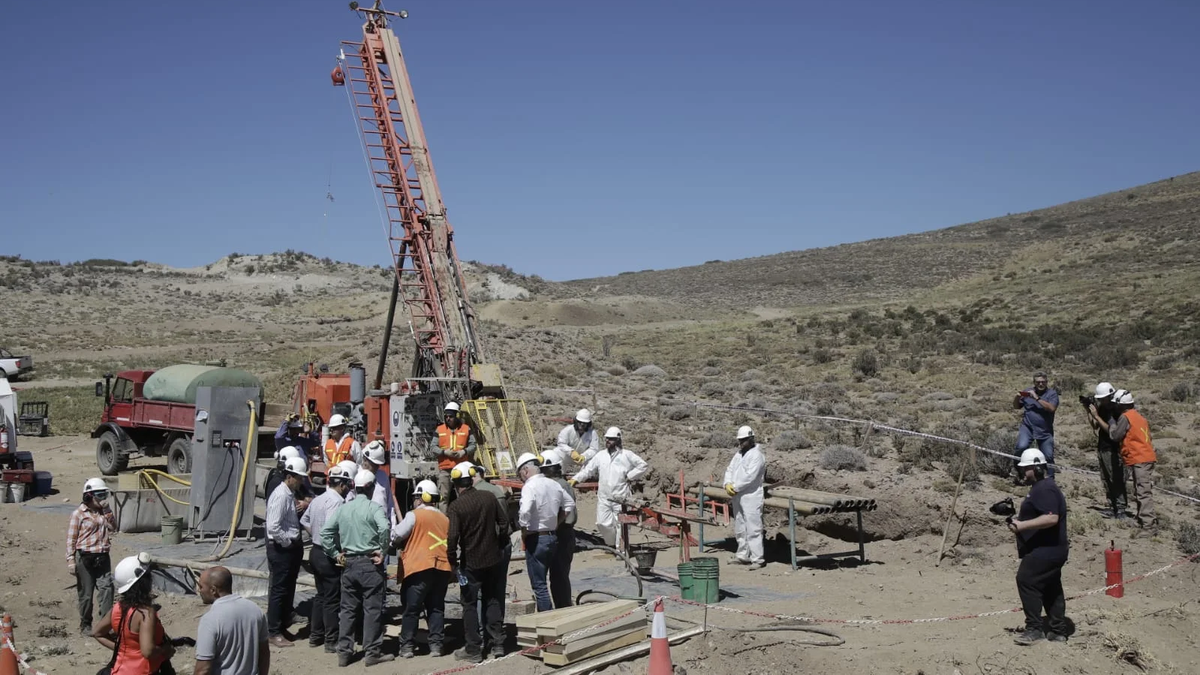The board of directors of the chamber pointed out that it is “a tool that will help develop mining production, with an effect on the generation of genuine employment, the promotion of local suppliers, to the development of infrastructure and the contribution of foreign currency and social growth”
They also indicated that this regime is essential to generate investor confidence in the country. “It is essential for strengthen competitiveness compared to other countries that have similar mineral resources and that have been able to significantly develop their mining by having predictability in exchange rates, legal security, a competitive tax framework and appropriate infrastructure works.”
RIGI: how it impacts the mining sector
In this regard, they pointed out that in the current context, the RIGI contribute to generate the conditions that favor the implementation of copper depositslarge-scale projects that have been in the pipeline for years and that will be transformational for the region. Also lithium projects, in order to take advantage of the window of opportunity that electromobility opens. It is also necessary to stimulate investment in exploration to develop new gold and silver projects and expand existing ones, which produce the country’s main mining exports, but are in decline due to the lack of incentives to extend their useful life.
“At CAEM we believe that we must take advantage of every possible opportunity to enhance the value of mineral resources. So that the mostand 25 billion dollars that we have in our portfolio of projects are producing fields. To triple current exports, reaching 12 billion dollars annually and to double the more than 100,000 jobs that we currently generate, bringing new opportunities to more Argentines,” the statement concludes.
Copper projects in San Juan, Catamarca, Salta and Mendoza
The six copper projects Argentina’s most advanced countries awaiting RIGI would generate investments US$20 billionexports for almost US$9 billion per year, a trade balance of almost US$7 billion and more of 40,000 new jobs.
A report from the Argentine Chamber of Mining Companies (CAEM) recently accessed Energy Report The report revealed that the demand for copper for the energy transition will intensify and raises the hypothesis of shortages in all scenarios. “By 2035, the copper shortage could reach almost 10 million tons, equivalent to about 50 world-class projects,” they calculated, and warned that without this production of copperenergy transition objectives are at risk.
CAEM data revealed that companies have already invested more than US$740 million in exploration (research and development) over the last 15 years, to enhance the country’s resources.
The six projects of copper They are located in four different provinces and would guarantee the red metal for the next 50 or 60 years. Some already have a tentative date for the start of construction:
- Josemaria (Saint John) in 2024/2025
- San Jorge (Mendoza) in 2025
- Taca Taca (Salta) in 2025
- The Blues (San Juan) in 2026
- El Pachon (San Juan) in 2027
- MARA Project (Catamarca) in 2027
With these projects underway, Argentina would reach an average level of 1,066 thousand tons per yearequivalent to 10% of the global copper deficit in 2035.
According to businessmen’s estimates, after the construction period and the necessary investments have matured, the first copper exports would be registered by 2027, which would multiply fourfold as the rest of the investments progress. The figures are incredible, if one takes into account the country’s need for foreign currency.
By 2035 they would reach US$8.341 millionwhich for the country would mean an increase of more than 10% of its export level in 2022. But a few years earlier, in 2032, they will be close to US$9 billion.
At the same time, this challenge would triple the total exports of the Argentine mining sector, which, as many experts predict, could add dollars to the country equivalent to half of the field’s harvest.
Source: Ambito




